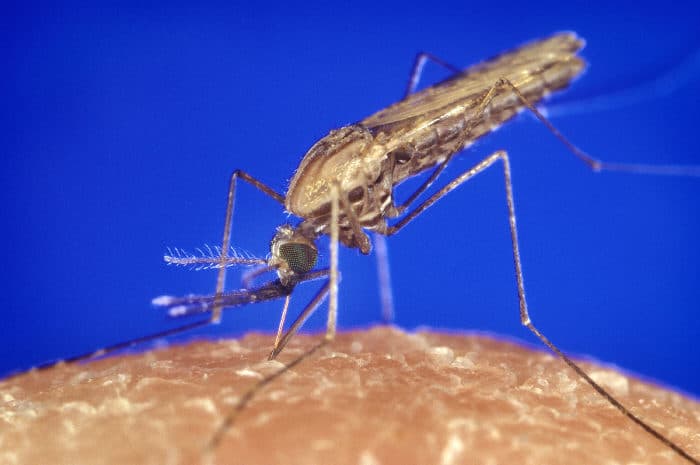June 18, 2015

The Question: What is the estimated impact, cost, effectiveness, and cost-effectiveness of an artemisinin combination therapy (ACT) subsidy for malaria treatment targeted at children? How could leakage of the child-subsidized doses to adults affect these estimates?
What We Found: We examined the incremental cost-effectiveness of a child-targeted policy using an age-structured bioeconomic model of malaria from the provider perspective. Because the vast majority of malaria deaths occur in children, targeting children could potentially improve the cost-effectiveness of the subsidy, though it would avert significantly fewer deaths. However, the benefits of a child-targeted subsidy (i.e. deaths averted) are eroded as leakage (i.e. older individuals taking young child-targeted doses) increases, with few of the benefits of a universal subsidy gained (i.e. reductions in overall prevalence). Although potentially more cost-effective, a child-targeted subsidy must contain measures to reduce the possibility of leakage.
Why It Matters: Worldwide, there are over 200 million cases of malaria and 600,000 malaria deaths annually—the vast majority of which occur in children. High-quality artemisinin combination therapies (ACTs) have been shown to treat malaria and reduce mortality, but are expensive and not always accessible. Subsidies for ACTs targeted at children, then, could be effective and save costs, but this would depend on how much leakage of the drugs to adults occurs.

